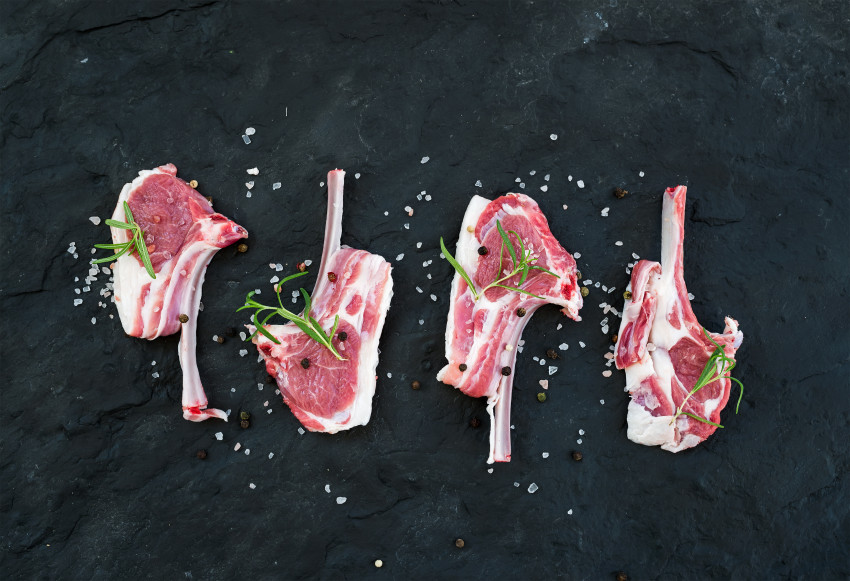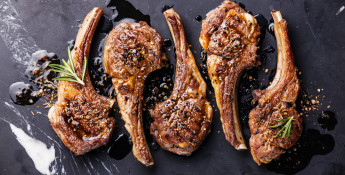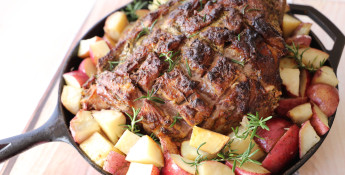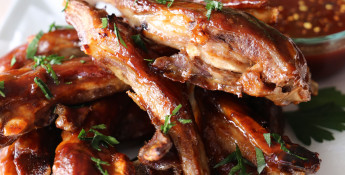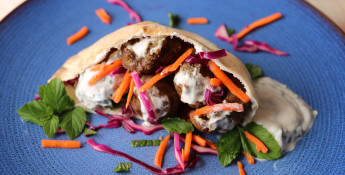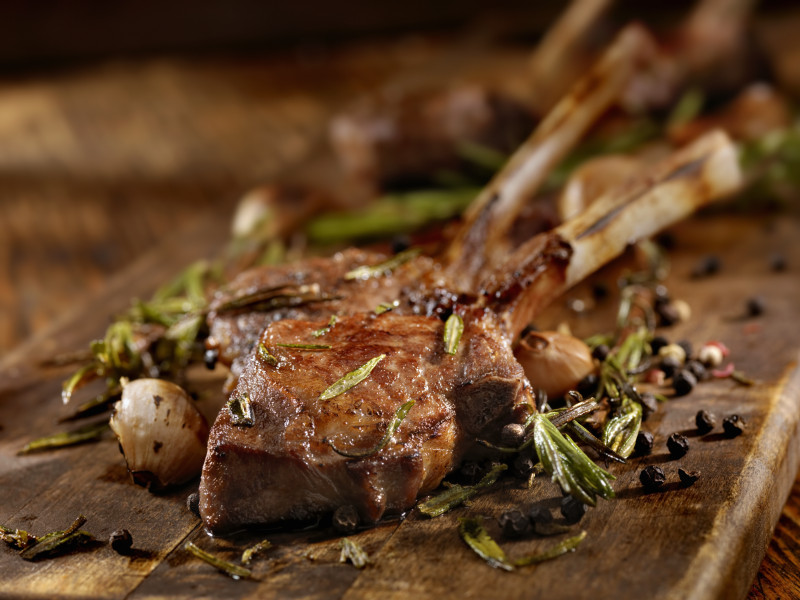By Chef Alli on February 7, 2020
How to Cook Lamb
Learn how to cook a tender, juicy and flavorful leg of lamb
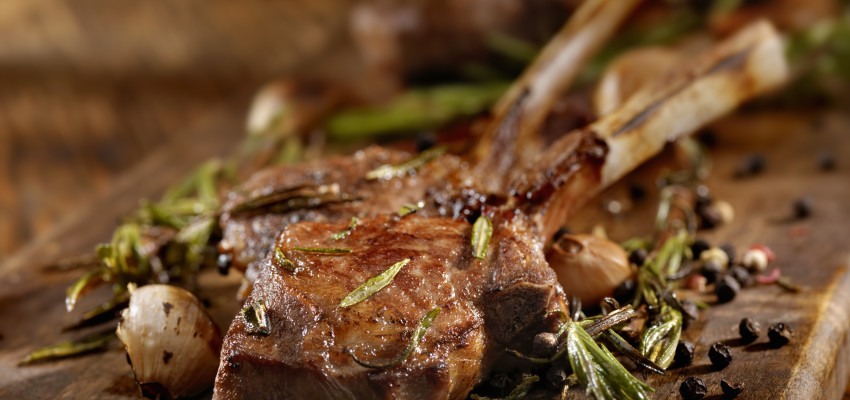
Lamb might seem like an intimidating dish, but these simple tips will help you cook a leg of lamb that’s juicy, tender and flavorful.
Until recently, I completely identified with people who worried about cooking lamb correctly. Lamb is not a regular staple in my dinner rotation, but I’d like to encourage you to step out of your comfort zone and try something new.
When cooked properly, lamb is quite rich and savory, with unforgettable flavors. After a bit of kitchen experimentation, I learned that just a few combinations of seasonings, aromatics and fresh herbs can make a big difference.
Nothing fancy or complicated is required when cooking lamb. Most of the same cooking methods and ingredients we use for conventional meats (such as chicken, pork and beef) work perfectly when preparing lamb dishes.
Internal Temperature: The Holy Grail
One of the most important directives for preparing leg of lamb (or any larger cuts of lamb) is the level of doneness. Just as with cooking any meat, a meat thermometer is a must-have for cooking lamb to its ideal internal temperature, whether that’s medium rare (145 F) or medium (160 F). Unless you are very experienced at cooking lamb, don’t just eyeball it. Be sure to check those important internal temperatures, especially during the last half of the cooking time.
Beauty Rest Is Always Beneficial
Once your leg of lamb has reached the desired level of internal doneness, be sure to follow up with plenty of rest. When you remove the lamb from the oven, loosely cover it with foil, allowing the protein fibers to relax and convince the delicious inner juices to redistribute back to the center of the cut. And if you have time, beauty rest before cooking a large cut of lamb is a good idea as well. Remove the leg of lamb from refrigeration an hour or so ahead of time to remove some of the chill, helping the meat cook more evenly.
Weigh Your Options: Bone-In or No Bone?
Bones provide meat with added flavor profiles, but slicing and serving a bone-in leg of lamb can be a big challenge.
My advice? Go boneless your first couple of times, putting all your focus on getting the cooking of the meat just right. Once you’ve got that down, move on to a bone-in leg of lamb.
To Brine or Marinate?
After a lot of research, I’ve learned this ultimately comes down to personal preference. Many cooks have had great success with brining, claiming it leads to the ultimate fork-tender and succulent lamb meat. Others opt for marinating their leg of lamb to impart the specific flavors they enjoy. Neither technique is wrong, and neither is required — it’s completely up to you.
I’d love to hear about your experiences with cooking lamb so we can compare notes and learn from each other. Reach out to me at ChefAlli@ChefAlli.com.

